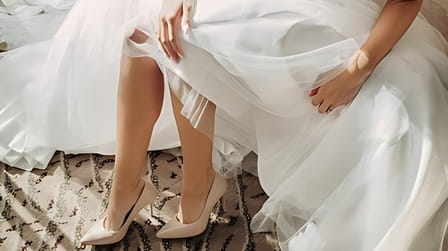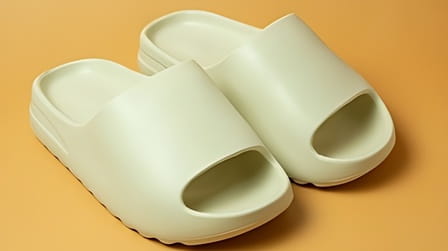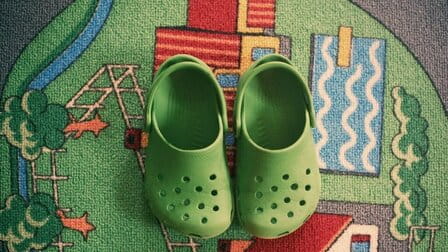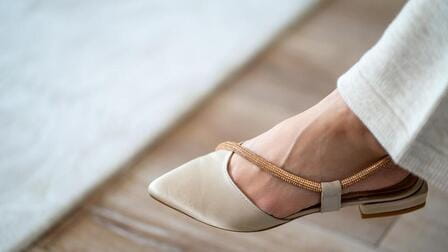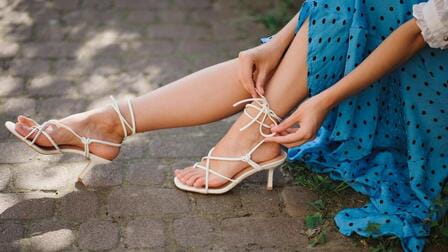Crocs, the iconic foam clogs beloved by gardeners, cooks, and comfort seekers everywhere, have been banned in many hospitals. This has left some Crocs fans scratching their heads, wondering why their favorite functional foam footwear isn't allowed in healthcare settings. There are a few key reasons why Crocs are banned in hospitals:
Infection Control
One of the main reasons Crocs are prohibited in hospitals is that they don't fit with good infection control practices. The foam material of Crocs has tiny holes throughout, which allow fluids and contaminants to seep through. This can allow germs to collect in the shoes and potentially spread infection between patients or from surfaces like spilled fluids on the hospital floor.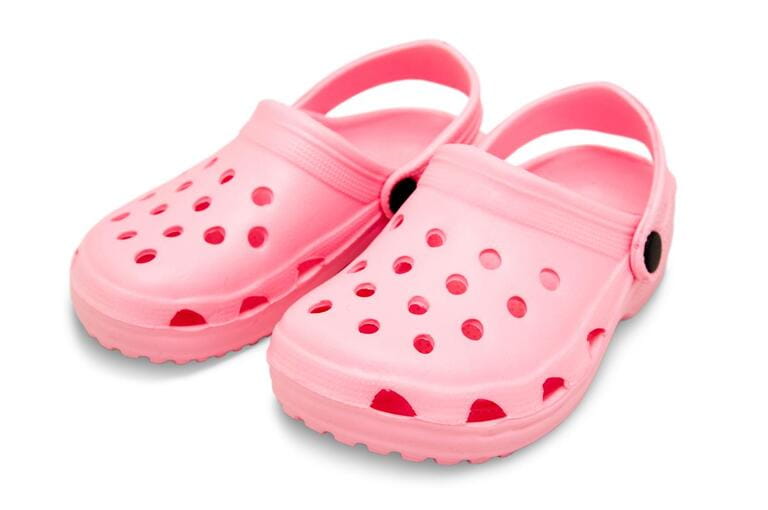
Nurses and doctors are in close contact with patients all day, so clothing and shoes that minimize the transfer of microbes are essential. In a healthcare setting, pathogens that lead to dangerous infections like C. diff, MRSA, and more can lurk on surfaces and objects. Crocs don't provide an impermeable barrier between healthcare workers' feet and potential sources of infection.
Standard nursing shoe protocols require that shoes be fluid-impermeable, washable, and easy to clean. The porous foam of Crocs makes thorough cleaning and disinfection difficult. Hospital staff needs footwear that can be fully sanitized to prevent carrying diseases from room to room.
Slip Resistance
Hospitals floors can be slick due to spilled fluids, making slip-resistant shoes a must. Crocs' slip-on clog design lacks secure straps around the heel. This allows the clogs to easily slip off the feet if they don't fit snugly.
Even when on securely, the Crocs material is known to have poor traction. The lightweight foam sole can lead to slips and falls on wet surfaces. In hospitals where staff are constantly moving between patient rooms, slippery shoes increase the chances of accidents that can harm both employees and patients. More injuries mean higher risks of contamination and infection as well.
Proper nursing footwear has textured soles and heel straps to prevent slips. OSHA guidelines for slip-resistant shoes are in place to keep hospital staff safe. Crocs' smooth soles and loose fit fail to provide adequate traction and stability for busy hospital workers.
Professional Appearance
Along with safety issues, hospitals banning Crocs is also a matter of maintaining a professional appearance. While they may be comfortable, Crocs look quite casual compared to traditional nursing clogs and athletic shoes.
Hospitals want their staff to convey a neat, competent image to patients. Crocs are associated with gardeners and cooks more than healthcare professionals, even though some of their shoes are technically work-approved. Perceptions matter, and hospitals often prohibit clothing or accessories that seem overly laid-back.
Standard nursing uniform guidelines are in place to promote a polished, trustworthy aesthetic. Hospital administrations aim to avoid footwear that looks sloppy or beachy. Healthcare environments demand practical shoes that also look smart and instill confidence in patients.
FAQ about Crocs Being Banned in Hospitals
Here are some common questions about why Crocs are prohibited in many healthcare settings:
Are Crocs ever allowed in hospitals?
Some facilities may allow Crocs in non-patient care areas, like administrative offices. Often, only solid color Crocs are permitted, not distracting prints. Specialty Crocs approved as work shoes may also be worn in some roles not interacting with patients.
Don't Crocs make good nursing shoes?
While Crocs are comfortable and easy to clean at home, they don't offer the impermeability, traction, and professional look needed for safe patient care. Nursing clogs and athletic shoes are better suited for long hospital shifts.
Can nurses wear Crocs in operating rooms?
No, ORs have strict shoe protocols and Crocs are never allowed. Surgeons and OR nurses wear sterile wraps over their footwear to maintain a germ-free environment. Crocs are too porous and casual for the OR setting.
What about Crocs with scrubs?
Scrubs in fun prints paired with patterned Crocs may be stylish outside the hospital. But for infection control and professionalism, solid scrubs and hospital-approved shoes are required for patient care.
Are there any hiking/sport Crocs allowed?
Not in patient areas. The athletic Crocs with straps offer more security than clogs but still have perforated foam. Only smooth, fluid-resistant shoes are permitted for most hospital staff according to safety codes.
Conclusion
Crocs' popularity speaks to their comfort and convenience. However, their porous material and casual style mean Crocs pose risks for spreading infection and falls in busy hospital settings. Maintaining high safety standards and professional appearance requires nursing footwear meet durability, traction, and sanitation guidelines.
So next time someone asks why Crocs are banned in hospitals, you can explain it comes down to reducing health hazards and presenting a neat appearance for patients. Perhaps clogs can be reserved for gardening and cooking, while healthcare professionals stick to traditional anti-slip nursing shoes on the hospital floor. While not the most stylish, evidence shows they are the most practical footwear option for the healthcare environment.

